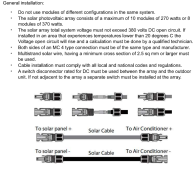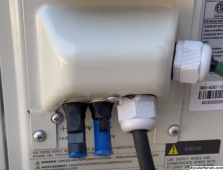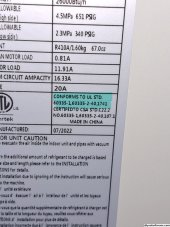Bluedog225
Texas
- Joined
- Nov 18, 2019
- Messages
- 2,917
Personally, I would not use mc4s on my house. Too many stories of shorts/fires.
It may be a good connector if properly installed and properly matched with the same brand male to female. But often mismatched from different manufacturers.
3m butt connectors throughout seem a lot safer. I might risk it on a ground mount system but not on a house.
It may be a good connector if properly installed and properly matched with the same brand male to female. But often mismatched from different manufacturers.
3m butt connectors throughout seem a lot safer. I might risk it on a ground mount system but not on a house.





